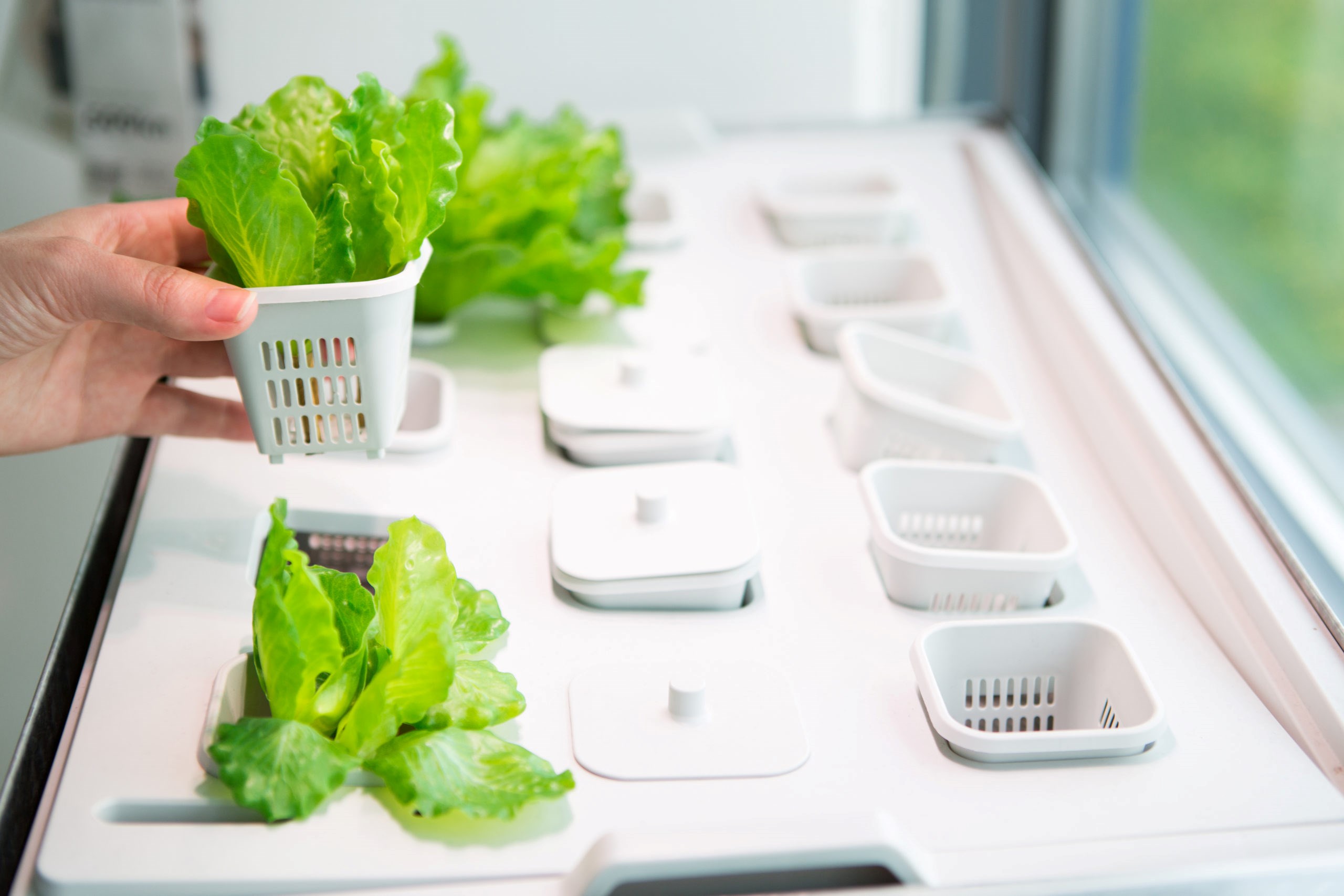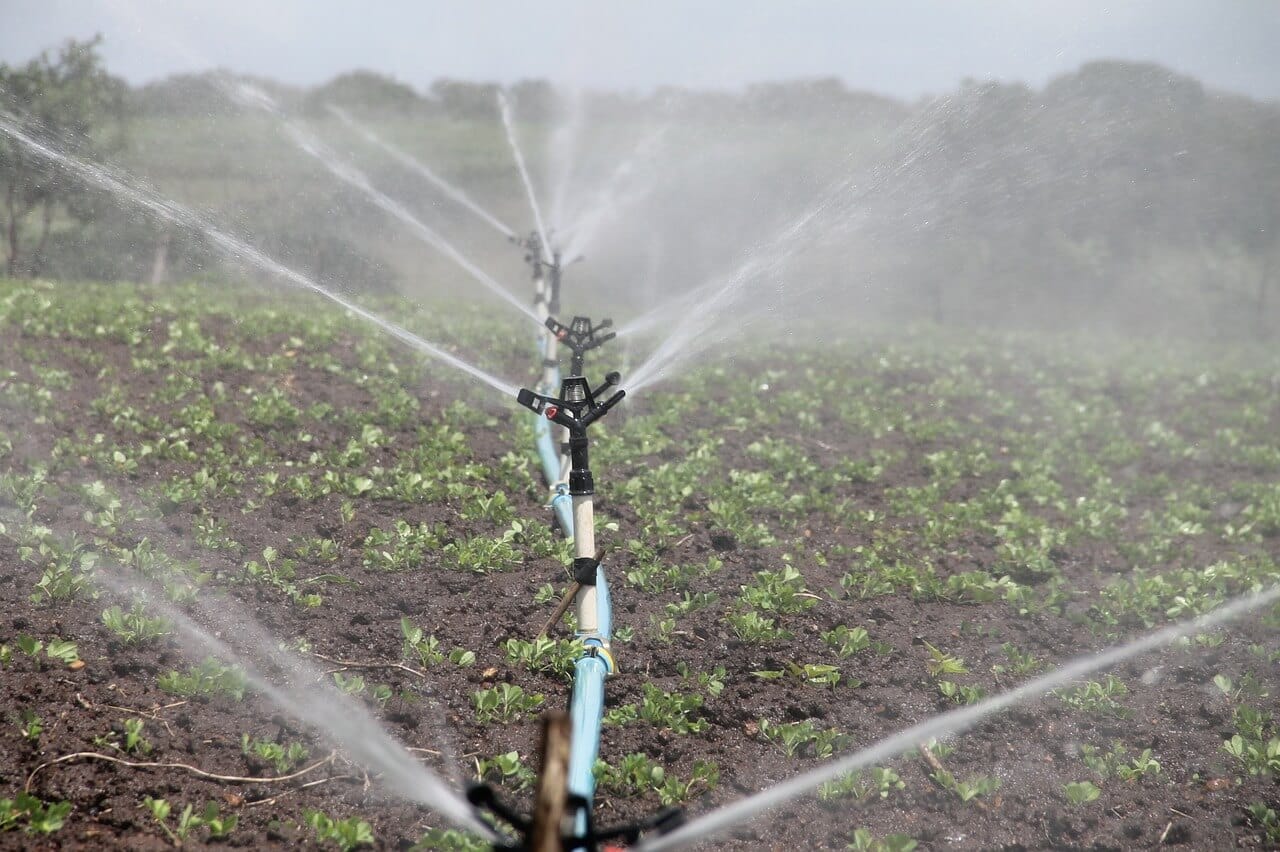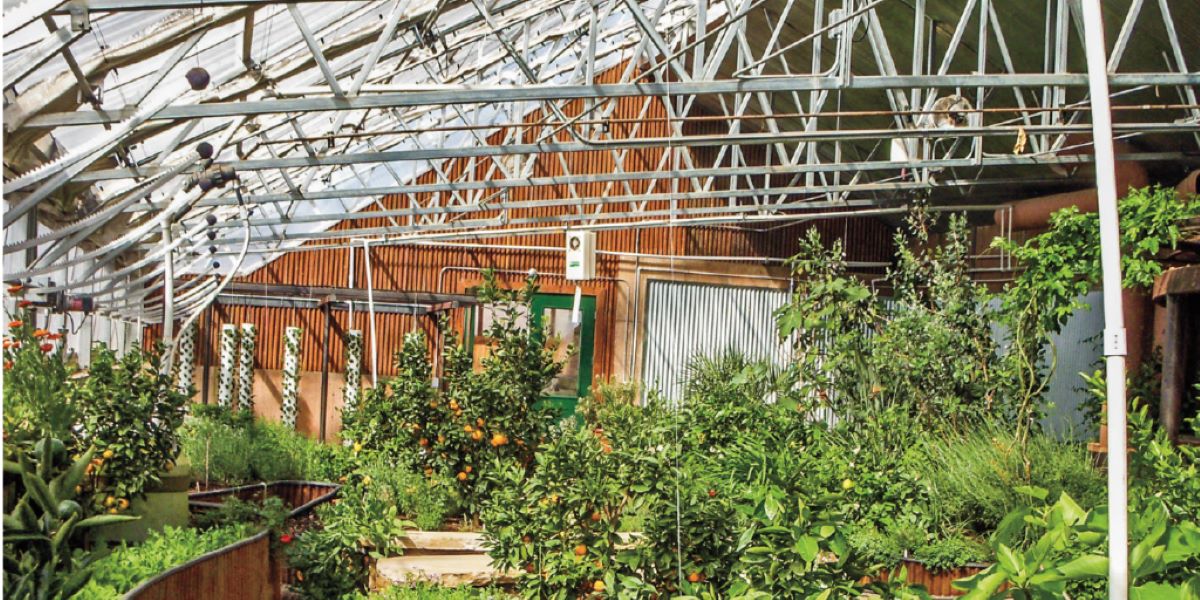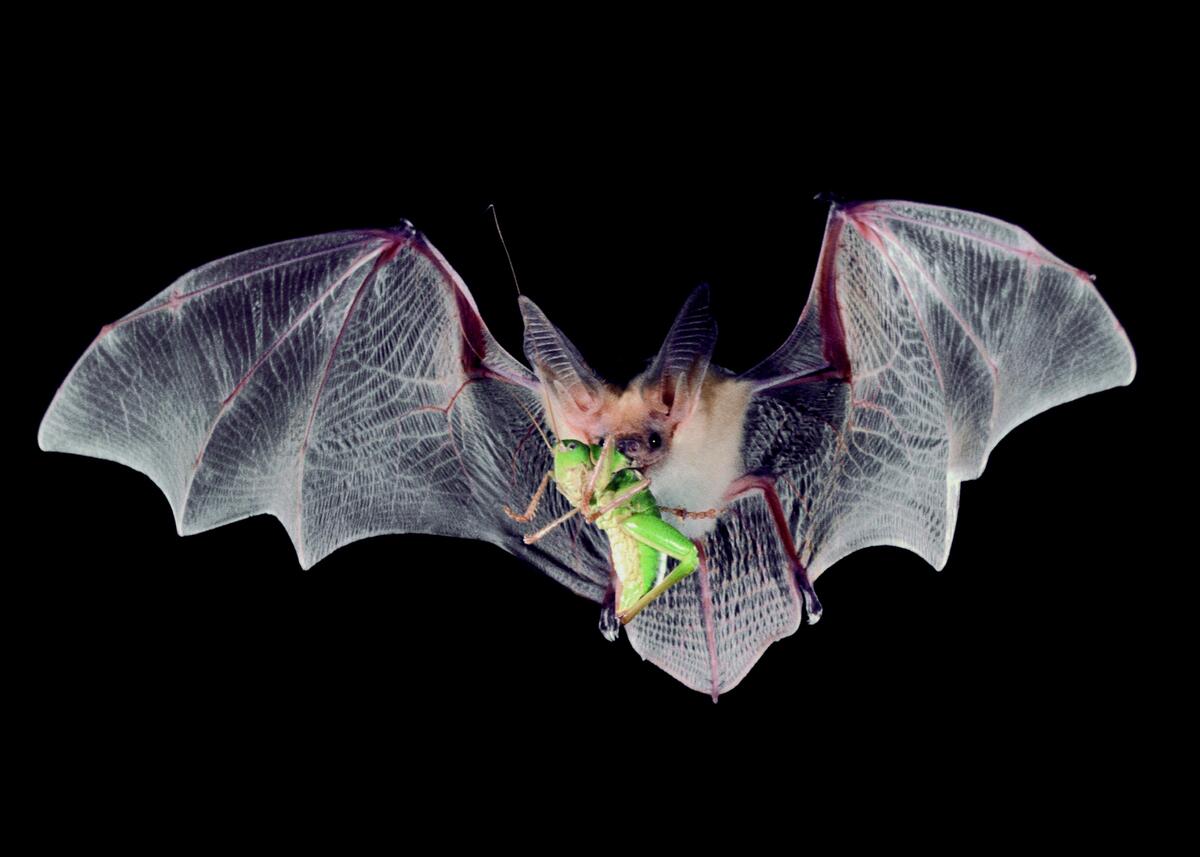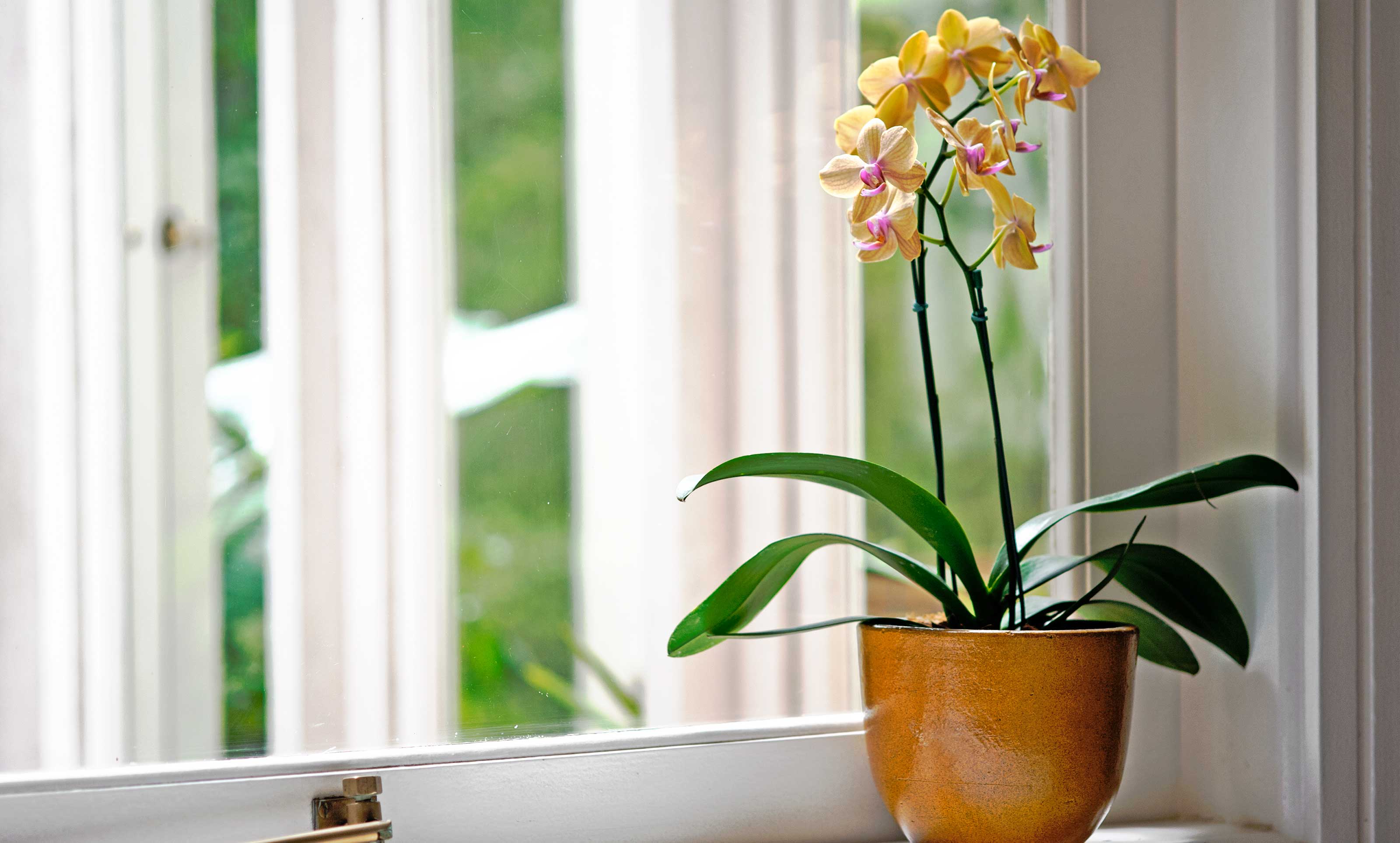Home>Gardening Basics>Understanding Soil>What Type Of Soil Do Orchids Need


Understanding Soil
What Type Of Soil Do Orchids Need
Published: February 11, 2024
Discover the ideal soil for orchids and how to understand their soil requirements. Learn how to provide the best soil conditions for your orchids.
(Many of the links in this article redirect to a specific reviewed product. Your purchase of these products through affiliate links helps to generate commission for Chicagolandgardening.com, at no extra cost. Learn more)
Table of Contents
Introduction
When it comes to cultivating thriving orchids, the significance of soil cannot be overstated. Orchids, renowned for their captivating beauty and delicate nature, have specific soil requirements that directly impact their growth and overall well-being. As an orchid enthusiast, understanding the unique needs of these exquisite plants is essential for creating an environment in which they can flourish.
Orchids, with their diverse range of species and hybrids, have adapted to various ecological niches, from tropical rainforests to arid deserts. This adaptability has resulted in specific soil preferences that cater to their individual requirements. By delving into the world of orchid soil, we can unravel the secrets to nurturing these enchanting blooms and fostering their optimal development.
In this comprehensive guide, we will explore the intricate relationship between orchids and soil, shedding light on the characteristics of ideal orchid soil and the various types of potting mixes available. Additionally, we will delve into the art of creating your own custom orchid soil mix and provide valuable tips for effectively utilizing orchid soil to promote robust growth.
Embark on this enlightening journey as we demystify the enigmatic realm of orchid soil, equipping you with the knowledge and insight needed to elevate your orchid cultivation endeavors to new heights. Let's unravel the mysteries of orchid soil and discover the key to nurturing these extraordinary plants with precision and care.
Understanding the Needs of Orchids
To effectively cater to the needs of orchids, it is imperative to comprehend the unique requirements of these captivating plants. Orchids, belonging to the diverse and expansive family of Orchidaceae, exhibit a remarkable array of species, each with its own distinct environmental adaptations. Understanding the natural habitats of orchids provides valuable insight into their soil preferences.
Orchids are predominantly epiphytic or lithophytic, thriving in environments where their roots are exposed to ample airflow and drainage. In their native habitats, these plants often cling to trees or rocky surfaces, drawing nutrients from decaying organic matter, such as fallen leaves and bark. This characteristic lifestyle has influenced their soil requirements, emphasizing the need for a well-aerated, moisture-retentive, and fast-draining medium.
Furthermore, orchids have evolved to thrive in environments with minimal soil content, relying on their specialized root systems to absorb moisture and nutrients from the surrounding air and organic debris. This adaptation underscores the importance of providing orchids with a soil medium that mimics the conditions of their natural habitats, fostering optimal root health and growth.
By recognizing the intricate interplay between orchids and their native environments, we gain a deeper understanding of the specific soil attributes that cater to their needs. Whether cultivating terrestrial or epiphytic orchids, aligning the soil composition with their natural inclinations is fundamental to sustaining their vitality and promoting prolific blooming.
As we unravel the nuanced requirements of orchids, we lay the groundwork for creating an environment that mirrors their native habitats, nurturing these extraordinary plants with the precision and care they deserve.
The Importance of Soil for Orchids
The role of soil in the cultivation of orchids is paramount, serving as a foundational element that directly influences the health and vitality of these exquisite plants. Orchids, renowned for their ethereal beauty and intricate growth patterns, rely on soil not only as a medium for root anchorage but also as a source of essential nutrients and a regulator of moisture levels.
Orchids possess delicate root systems that necessitate a soil medium offering optimal aeration and drainage. The porous nature of suitable orchid soil facilitates the circulation of air around the roots, preventing waterlogged conditions that can lead to root rot. Moreover, a well-structured soil composition enables the roots to access moisture and nutrients while maintaining a healthy balance of oxygen, crucial for sustaining vigorous growth.
Furthermore, the soil serves as a reservoir for vital nutrients, providing a source of sustenance for orchids as they undergo the various stages of growth and development. A nutrient-rich soil medium ensures that orchids receive the essential elements required for robust foliage, vibrant blooms, and overall vitality. By fostering a symbiotic relationship between the roots and the soil, orchids can thrive and express their full ornamental potential.
Additionally, the soil plays a pivotal role in regulating moisture levels, a critical factor in the well-being of orchids. The ability of the soil to retain moisture while allowing excess water to drain swiftly is instrumental in preventing waterlogged conditions that can compromise the health of orchid roots. Striking the right balance in soil moisture is essential for safeguarding against root diseases and ensuring the overall resilience of orchids.
As we delve into the significance of soil for orchids, we gain a profound appreciation for its multifaceted role in sustaining the vitality and beauty of these extraordinary plants. By understanding and harnessing the potential of suitable orchid soil, we lay the groundwork for nurturing thriving orchids that captivate the senses and inspire admiration.
Characteristics of Ideal Orchid Soil
Creating an environment that caters to the unique needs of orchids hinges on understanding the characteristics of ideal orchid soil. Orchids, with their diverse array of species and growth habits, thrive in soil that embodies specific traits essential for their well-being and development.
One of the fundamental characteristics of ideal orchid soil is its ability to provide ample aeration to the plant’s root system. Orchids, often found in epiphytic or lithophytic habitats, have adapted to environments where their roots are exposed to constant airflow. As such, a well-aerated soil medium ensures that oxygen reaches the roots, facilitating respiration and preventing the onset of anaerobic conditions that can impede growth.
Moreover, ideal orchid soil exhibits excellent drainage properties, allowing water to pass through the medium swiftly while retaining sufficient moisture to sustain the plant between watering intervals. This balance is crucial in preventing waterlogged conditions that can compromise root health, leading to rot and other detrimental issues. By promoting efficient drainage, orchid soil supports the maintenance of an optimal moisture level, essential for the sustained well-being of these plants.
The capacity of orchid soil to retain moisture without becoming waterlogged is a defining characteristic that underpins its suitability for cultivating orchids. This quality ensures that the roots have access to the necessary moisture levels while safeguarding against the risks associated with prolonged saturation. The ability to strike a delicate balance between moisture retention and drainage sets the stage for robust root development and overall plant vigor.
Furthermore, ideal orchid soil possesses a light and airy texture, often incorporating components such as bark, perlite, sphagnum moss, and other porous materials. This composition not only facilitates aeration and drainage but also mimics the conditions of the natural habitats where orchids thrive. By replicating the characteristics of their native environments, orchid soil promotes a harmonious relationship between the roots and the growing medium, fostering optimal growth and blooming.
As we unravel the defining characteristics of ideal orchid soil, we gain insight into the intricate requirements of these extraordinary plants, paving the way for cultivating an environment that nurtures their beauty and resilience.
Types of Orchid Potting Mix
Orchids, with their diverse range of species and growth habits, thrive in various potting mixes tailored to meet their specific soil requirements. Understanding the different types of orchid potting mixes is essential for selecting the most suitable medium to support the growth and vitality of these exquisite plants.
1. Bark-Based Mix: One of the most widely used potting mixes for orchids is the bark-based medium, typically composed of fir bark or other organic materials. This porous and well-draining mix provides ample aeration to the roots while retaining moisture, creating an environment reminiscent of the orchid’s natural habitats. The coarse texture of the bark-based mix promotes healthy root growth and helps prevent waterlogged conditions.
2. Sphagnum Moss Mix: Sphagnum moss, prized for its moisture-retentive properties, is often incorporated into orchid potting mixes to enhance moisture retention and promote consistent hydration. This mix is well-suited for orchid species that thrive in environments with higher humidity levels, providing a stable moisture reservoir for the roots while facilitating aeration and drainage.
3. Perlite and Vermiculite Mix: Orchid potting mixes that feature perlite and vermiculite offer excellent aeration and drainage, making them ideal for orchids that require a well-structured medium to support their root systems. These lightweight and porous materials contribute to the overall texture and moisture management of the mix, fostering optimal root health and growth.
4. Coconut Husk Chips Mix: Coconut husk chips, derived from the fibrous outer layer of coconuts, are utilized in orchid potting mixes to provide a durable and moisture-retentive medium. This mix offers a balance of aeration and moisture retention, catering to the needs of orchids that thrive in environments with moderate humidity and consistent moisture levels.
5. Custom Blended Mixes: Orchid enthusiasts often create custom potting mixes by combining various components such as bark, sphagnum moss, perlite, and other additives to tailor the mix to the specific requirements of different orchid species. These custom blends allow for precise adjustments in aeration, moisture retention, and nutrient availability, catering to the diverse needs of orchids.
By familiarizing ourselves with the diverse types of orchid potting mixes, we gain insight into the versatile options available for creating tailored environments that support the flourishing of orchids. Each type of potting mix offers unique benefits, allowing orchid enthusiasts to select the most suitable medium for nurturing these extraordinary plants.
Making Your Own Orchid Soil Mix
Creating a custom orchid soil mix empowers orchid enthusiasts to tailor the growing medium to meet the specific needs of their cherished plants. By blending various components, individuals can craft a personalized mix that aligns with the unique requirements of different orchid species, fostering an environment conducive to robust growth and blooming.
1. Bark Selection: Begin by selecting a suitable bark component, such as fir bark or orchid bark, known for its porous nature and ability to promote aeration and drainage. The bark serves as the foundational element of the mix, providing structure and facilitating airflow to the roots.
2. Perlite or Vermiculite Addition: Incorporating perlite or vermiculite into the mix enhances its overall texture and drainage capabilities. These lightweight and porous materials contribute to the aeration and moisture management of the mix, fostering an environment conducive to healthy root development.
3. Sphagnum Moss Inclusion: Adding sphagnum moss to the mix can enhance moisture retention, particularly beneficial for orchids that thrive in environments with higher humidity levels. The sphagnum moss contributes to the overall moisture balance of the mix, supporting consistent hydration for the roots.
4. Coconut Husk Chips: For orchids that require a medium with moderate moisture retention, incorporating coconut husk chips into the mix can provide a durable and moisture-retentive component. The coconut husk chips contribute to the overall texture and moisture management of the mix, catering to the specific needs of certain orchid species.
5. Custom Blending: Orchid enthusiasts can experiment with blending different components in varying proportions to create custom mixes that cater to the specific requirements of different orchid species. By fine-tuning the blend, individuals can tailor the mix to provide the ideal balance of aeration, moisture retention, and structural support for their orchids.
By crafting a custom orchid soil mix, enthusiasts can create an environment that mirrors the natural habitats of their orchids, fostering optimal growth and resilience. This hands-on approach allows for precise adjustments to the growing medium, empowering individuals to provide their cherished orchids with a tailored environment that promotes their well-being and ornamental beauty.
Tips for Using Orchid Soil
Effectively utilizing orchid soil is essential for creating an environment that caters to the unique needs of these captivating plants. By implementing the following tips, orchid enthusiasts can optimize the use of orchid soil to promote robust growth and blooming, ensuring the well-being of their cherished orchids.
1. Proper Pot Selection: When repotting or planting orchids, choose pots with ample drainage holes to facilitate the swift removal of excess water. Proper drainage is vital for preventing waterlogged conditions that can compromise the health of orchid roots. Selecting pots that promote airflow and drainage is instrumental in creating a conducive growing environment.
2. Monitor Moisture Levels: Orchid soil should be kept consistently moist but not waterlogged. It is essential to monitor the moisture levels in the soil and adjust watering practices accordingly. Avoid allowing the soil to dry out completely between watering intervals, as this can stress the orchids. Striking a balance in soil moisture is crucial for sustaining the health and vitality of the plants.
3. Observe Root Health: Periodically inspect the roots of orchids to ensure they are healthy and free from rot or damage. The transparent nature of orchid pots allows for easy observation of the roots. Healthy roots are firm and typically have a green or white appearance, indicating active growth and vitality. Address any signs of root issues promptly to safeguard the well-being of the orchids.
4. Provide Adequate Airflow: Orchid soil should facilitate ample airflow around the roots, promoting respiration and preventing the onset of anaerobic conditions. Proper aeration is essential for sustaining healthy root systems and preventing issues such as root rot. Ensure that the soil medium allows for sufficient airflow to support the well-being of the orchids.
5. Consider Environmental Factors: Take into account the specific environmental conditions in which the orchids thrive when utilizing orchid soil. Factors such as humidity levels, air circulation, and light exposure can influence the performance of the soil medium. Tailoring the growing environment to align with the natural inclinations of the orchids contributes to their overall well-being and blooming.
By applying these tips for using orchid soil, enthusiasts can create an environment that fosters the optimal growth and vitality of these extraordinary plants. With careful attention to soil moisture, pot selection, and environmental considerations, individuals can harness the potential of orchid soil to cultivate thriving orchids that captivate the senses and inspire admiration.
Conclusion
Embarking on the journey of understanding orchid soil has unveiled the intricate relationship between these extraordinary plants and the medium in which they thrive. Orchids, with their diverse range of species and growth habits, have specific soil requirements that play a pivotal role in sustaining their vitality and ornamental beauty. By delving into the characteristics of ideal orchid soil, exploring the diverse types of potting mixes, and learning to create custom blends, enthusiasts can craft environments that cater to the unique needs of their cherished orchids.
The importance of orchid soil in promoting robust growth and blooming cannot be overstated. From providing essential aeration and drainage to serving as a reservoir for nutrients and moisture, the soil medium plays a multifaceted role in nurturing the well-being of orchids. By implementing tips for using orchid soil, individuals can optimize the growing environment, ensuring that their orchids flourish and express their full ornamental potential.
As we conclude this enlightening exploration of orchid soil, we are equipped with a deeper understanding of the nuanced requirements of these captivating plants. By aligning the soil composition with the natural inclinations of orchids, enthusiasts can create environments that mirror the conditions of their native habitats, fostering optimal growth and resilience. The art of cultivating thriving orchids lies not only in tending to their exquisite blooms but also in providing a nurturing soil medium that supports their journey toward vitality and splendor.
May this knowledge inspire orchid enthusiasts to embark on a journey of precision and care, cultivating environments that elevate the beauty and resilience of these extraordinary plants. As we navigate the realm of orchid soil, we embrace the art of nurturing and celebrating the enchanting allure of orchids, ensuring that they continue to captivate the senses and inspire admiration for generations to come.
